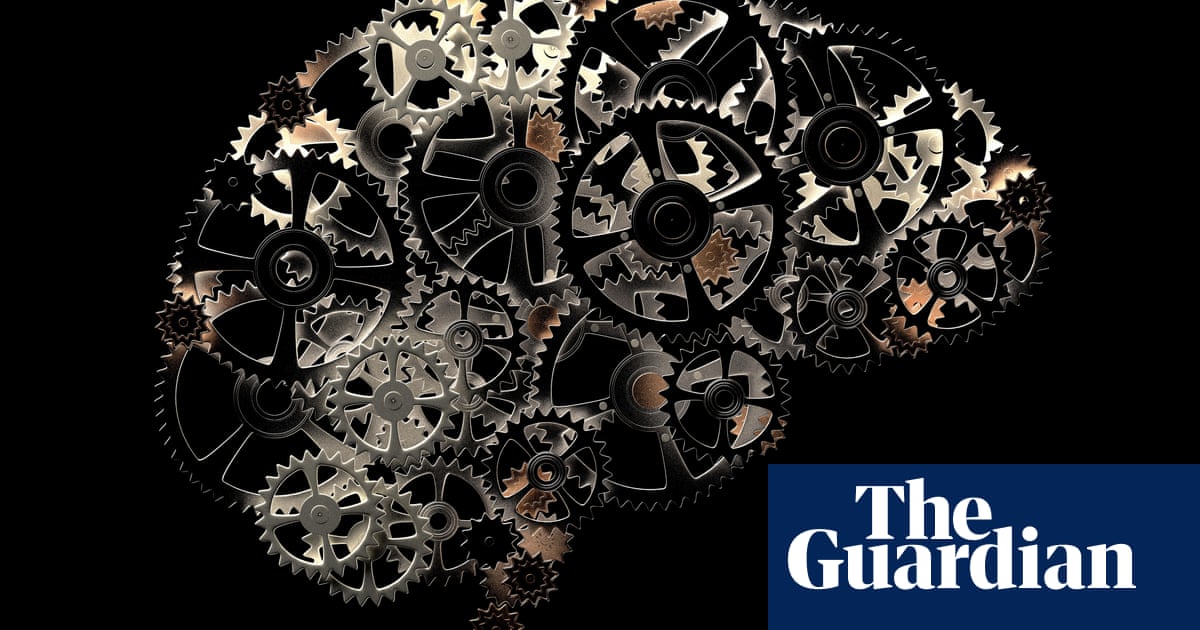The process of perception feels quite passive. We open our eyes and light floods in; the world is just there, waiting to be seen. But in reality there is an active element that we don’t notice. Our brains are always “filling in” our perceptual experience, supplementing incoming information with existing knowledge. For example, each of us has a spot at the back of our eye where there are no light receptors. We don’t see the resulting hole in our field of vision because our brains ignore it. The phenomenon we call “seeing” is the result of a continuously updated model in your mind, made up partly of incoming sensory information, but partly of pre-existing expectations. This is what is meant by the counterintuitive slogan of contemporary cognitive science: “perception is a controlled hallucination”.
A century ago, someone with an interest in psychology might have turned to the work of Freud for an overarching vision of how the mind works. To the extent there is a psychological theory even remotely as significant today, it is the “predictive processing” hypothesis. The brain is a prediction machine and our perceptual experiences consist of our prior experiences as well as new data. Daniel Yon’s A Trick of the Mind is just the latest popularisation of these ideas, but he makes an excellent guide, both as a scientist working at the leading edge of this field and as a writer of great clarity. Your brain is a “skull bound scientist”, he proposes, forming hypotheses about the world and collecting data to test them.
The fascinating, often ingenious research reviewed here is sorely in need of an audience beyond dusty scientific journals. In 2017 a Yale lab recruited voice-hearing psychics and people with psychosis to take part in an experiment alongside non-voice-hearing controls. Participants were trained to experience auditory hallucinations when they saw a simple visual pattern (an unnervingly easy thing for psychologists to do). The team was able to demonstrate that the voice-hearers in their sample relied more heavily on prior experience than the non-voice-hearers. In other words, we can all cultivate the ability to conjure illusory sound based on our expectations, but some people already have that propensity, and it can have a dramatic effect on their lives.
To illustrate how expectations seep into visual experience, Yon’s PhD student Helen Olawole Scott managed to manipulate people’s ratings of the clarity of moving images they had seen. The key detail is that when participants had been led toexpectless clarity in their perception, that is exactly what they reported. But the clarity of the image on the screen wasn’t really any poorer.
It’s sometimes a shame that Yon’s book doesn’t delve deeper. In Olawole Scott’s experiments, for example, does Yon believe that it was participants’ visual experience itself that became less clear, or just their judgments about the experience? Is there a meaningful difference? He also avoids engaging with some of the limitations of the predictive processing approach, including how it accounts for abstract thought. Challenges to a hypothesis are interesting, and help illuminate its details. In an otherwise theoretically sophisticated discussion this feels like an oversight.
One of the most enjoyable things popular science can do is surprise us with a new angle on how the world operates. Yon’s book does this often as he draws out the implications of the predictive brain. Our introspection is unreliable (“we see ourselves dimly, through a cloud of noise”); the boundary between belief and perception is vaguer than it seems (“your brain begins to perceive what it expects”); and conspiracy theories are probably an adaptive result of a mind more open to unusual explanations during periods of greater uncertainty. This is a complex area of psychology, with a huge amount of new work being published all the time. To fold it into such a lively read is an admirable feat.
A Trick of the Mind: How the Brain Invents Your Reality by Daniel Yon is published by Cornerstone (£22). To support the Guardian, order your copy atguardianbookshop.com. Delivery charges may apply.
